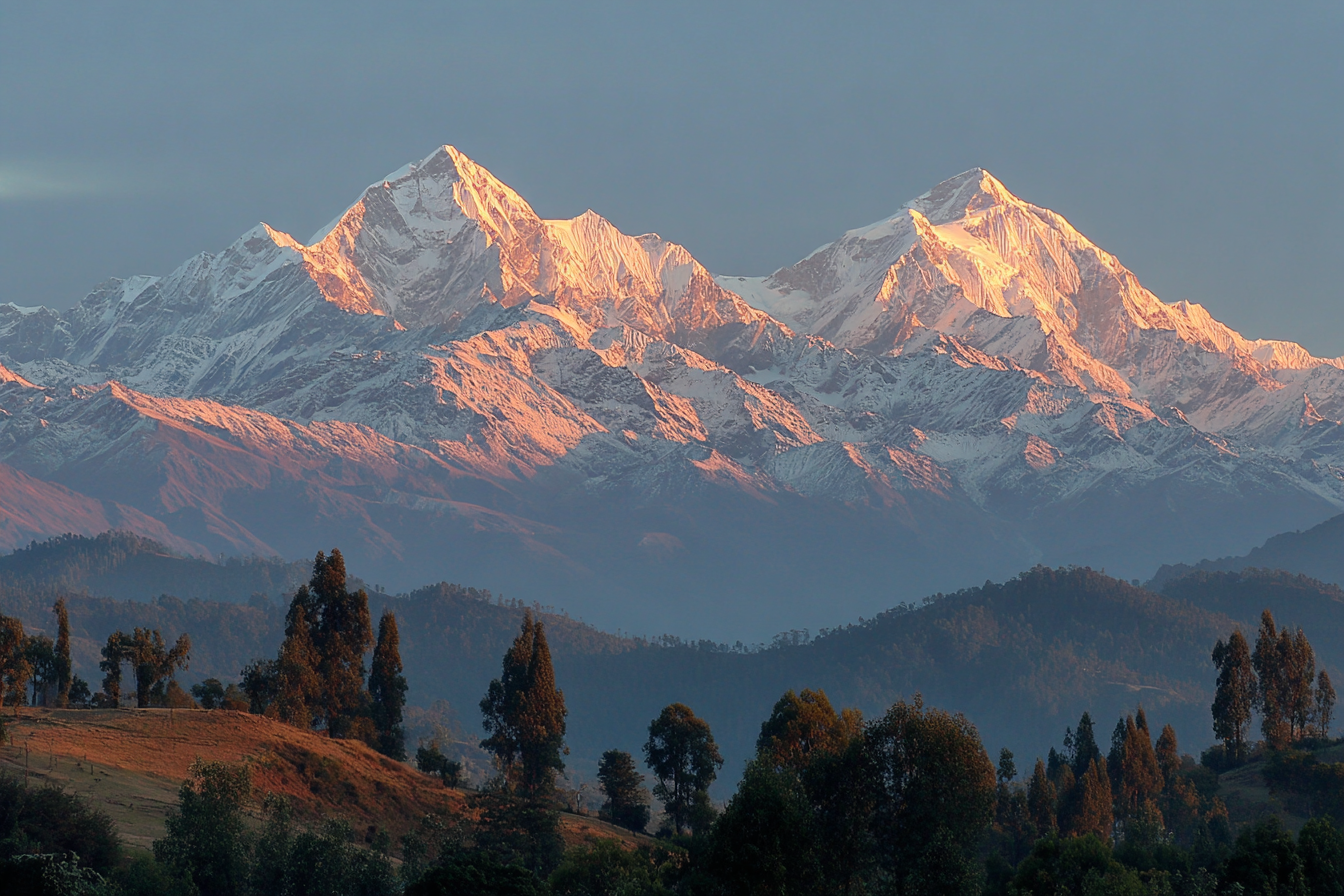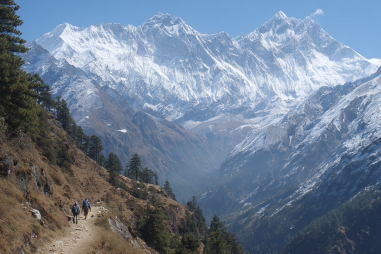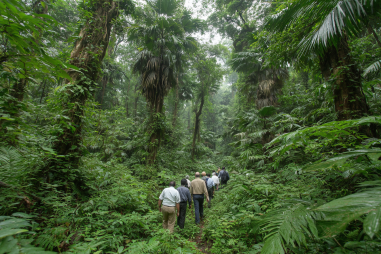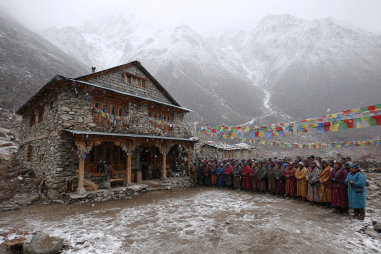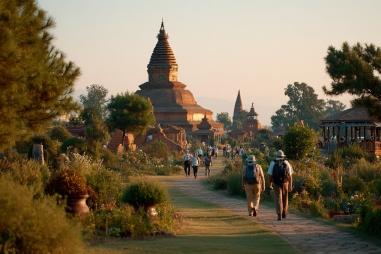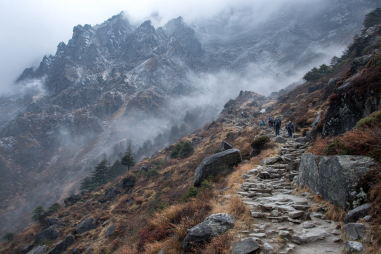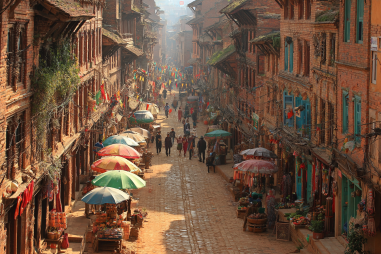Nepal is a land of dramatic landscapes, rich cultural tapestry, and diverse climates that range from tropical plains to towering Himalayan peaks. Deciding when to visit this enchanting country plays a pivotal role in shaping your overall experience. Whether you’re eager to embark on a trekking adventure, soak in vibrant festivals, or simply marvel at stunning natural beauty, understanding the best time to visit Nepal can make all the difference. This seasonal travel guide will help you navigate through Nepal’s weather patterns, major festivals, and optimal travel windows to ensure a memorable visit.
Introduction to Nepal’s Climate Zones
Nepal’s geography is incredibly varied, which directly influences its climate. Generally, the country is divided into three distinct climate zones based on elevation:
- The Terai Plains: These southern lowlands are subtropical, featuring hot summers and mild winters, resembling the climate of northern India.
- The Hill Region: This middle zone, which includes popular cities like Kathmandu and Pokhara, has a more temperate climate with four distinct seasons.
- The Himalayas: At higher altitudes, temperatures drop dramatically, with alpine and tundra climate zones reigning supreme. This zone hosts some of the world’s highest mountain peaks.
Knowing these zones helps travelers pick the best season for the kind of activities and comfort level they seek.
Overview of the Four Seasons
Nepal experiences four main seasons throughout the year: spring, summer, autumn, and winter. Each season offers unique experiences, whether it’s lush greenery, clear mountain views, or festive celebrations. Here’s a quick snapshot before diving deeper:
- Spring (March to May): Known for blossoming rhododendrons and perfect trekking weather.
- Summer (June to August): The monsoon season, marked by heavy rainfall and lush landscapes.
- Autumn (September to November): The most popular time for trekking with clear skies and mild temperatures.
- Winter (December to February): Cold and dry, ideal for cultural tours and festival enthusiasts.
Spring (March–May): Blossom and Trekking
Spring is one of the most visually stunning times to visit Nepal. The hills burst into color as rhododendron forests bloom across trekking routes, creating vibrant red and pink landscapes. This season offers comfortable temperatures, making it ideal for outdoor activities, especially trekking and sightseeing.
Daytime temperatures in the Kathmandu Valley range from 15°C to 25°C (59°F to 77°F), which is pleasant for exploring ancient temples and bustling markets. Higher elevations warm up, though nights can still be chilly. This is a fantastic time for trekking in regions like Everest Base Camp, Annapurna Circuit, and Langtang without the cloud cover typically seen during the monsoon.
Spring is not just about nature; several festivals such as Holi, the colorful festival of spring, bring a celebratory vibe to the towns and villages. It’s an energizing time to witness culture in full bloom alongside natural beauty.
Summer (June–August): Monsoon Effects
Summer in Nepal coincides with the monsoon season, bringing heavy rainfall mostly to the southern Terai and mid-hill regions. The rain rejuvenates the landscape, turning it lush and green, but also makes trekking challenging due to slippery trails and landslides.
While the monsoon can disrupt travel plans, it is a quieter season for tourism, which can mean lower prices, fewer crowds, and a serene atmosphere. This might be appealing if you’re looking to explore the cultural sites in Kathmandu or visit the Terai national parks like Chitwan and Bardia, where the jungles thrive during these months.
If you plan to travel in summer, be prepared for humidity in lower elevations and occasional travel delays. It’s best to avoid high-altitude treks during this time and focus on shorter, lower-elevation hikes or cultural tours.
Autumn (September–November): Peak Trekking Season
Autumn is undoubtedly the most popular and arguably the best time to visit Nepal. After the monsoon rains, the air clears up, leaving the skies crisp and visibility excellent. This is when the mighty Himalayas shine in all their glory, offering breathtaking panoramas for trekkers and photographers.
Temperatures during autumn are mild, ranging between 10°C and 22°C (50°F to 72°F) in the hills, making it perfect for trekking and outdoor adventures. The weather is stable, and the trails are dry, which explains why so many hikers choose this period.
This season also hosts many important cultural festivals like Dashain and Tihar. These vibrant celebrations provide an incredible cultural immersion, as locals engage in traditional rituals, family gatherings, and joyous festivities.
Because it’s peak season, accommodation and popular treks can get busy. Booking well in advance is recommended to secure your spot.
Winter (December–February): Cold Weather and Festivals
Winter in Nepal is cold, especially at higher altitudes, with snowfall common above 3,000 meters. The days are sunny and clear, making it another excellent period for trekking in lower and mid-hill regions such as the Kathmandu Valley and Pokhara. However, high passes like Thorong La on the Annapurna Circuit might be closed due to heavy snow.
Temperatures in Kathmandu can drop to around 2°C (36°F) at night, but days remain relatively comfortable for sightseeing. The chilly weather attracts visitors who want to explore cultural sites without the crowds.
Winter also brings several unique festivals, including Chhath Puja, a sun worship festival, and Maghe Sankranti, which celebrates the winter solstice. Experiencing these traditional events amidst the crisp mountain air offers a special touch to your Nepal visit.
Festival Calendar and Events
Nepal’s festivals are an integral part of its culture and timing your visit around these can enrich your travel experience. Some noteworthy festivals include:
- Holi (March): Celebrated with colors and water, marking the arrival of spring.
- Dashain (September/October): The biggest Hindu festival, spanning 15 days, honoring the victory of good over evil.
- Tihar (October/November): Known as the festival of lights, it’s a time when homes and streets are decorated with oil lamps.
- Buddha Jayanti (April/May): Celebrates the birth of Buddha, observed with prayers and processions.
- Indra Jatra (September): A lively festival in Kathmandu featuring masked dances and chariot processions.
These vibrant cultural celebrations provide excellent opportunities for photography and cultural immersion, so check the festival calendar when planning your trip.
Tips for Off-Season Travel
If you prefer avoiding crowds and more affordable travel options, off-seasons like the monsoon or the depths of winter can be appealing—if you’re prepared for their challenges.
- Monsoon Season: Expect frequent rain and possible travel disruptions but relish the lush greenery and peaceful sites.
- Winter months: Pack warm clothing and be ready for shorter trekking options.
Always carry appropriate gear like waterproof clothing in the monsoon and insulated layers in winter. Checking weather forecasts regularly and hiring local guides can enhance safety and enjoyment during these times.
Finding Your Perfect Travel Window
Choosing the best time to visit Nepal is ultimately about aligning your interests and activities with the climate and cultural calendar. If trekking through vivid alpine blossoms is your dream, spring is ideal. For those seeking vibrant festivals and unbeatable mountain views, autumn is the perfect fit. If you wish to explore Nepal at a quieter pace and experience mystical monsoon moods or chilly winter festivities, the off-seasons offer unique charms.
By considering Nepal’s diverse climate zones, seasonal highlights, and cultural events, you can tailor your trip to create memorable and rewarding experiences in this spectacular Himalayan nation.

